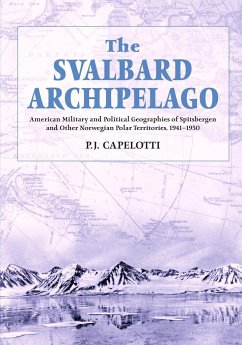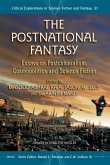Norway's Spitsbergen Archipelago, known as Svalbard to the Norwegians, is of increasing interest to Arctic scholars and geographers, as well as to military historians and analysts of strategy. It was the farthest northern battleground between German and Allied forces in World War II; it became a political arena for Soviet and U.S. competition during the Cold War; it is now a field of conflict for fishing rights and cultural resource protection; and it serves as a laboratory for the study of global warming. This unique island group occupies a fascinating place in European, Russian, and American affairs. Here, for the first time, is the complete report compiled by U.S. Intelligence at the beginning of World War II evaluating the islands both geographically and militarily, as well as a report on the archipelago produced by the CIA in 1950. This comprehensive report--never superseded in the years since--has been edited and introduced by P.J. Capelotti. It provides in great detail the American perspective on these islands and their strategic, economic, and geologic value. Maps and illustrations are included, some from the original report, some new. A glossary covers Arctic terms.







